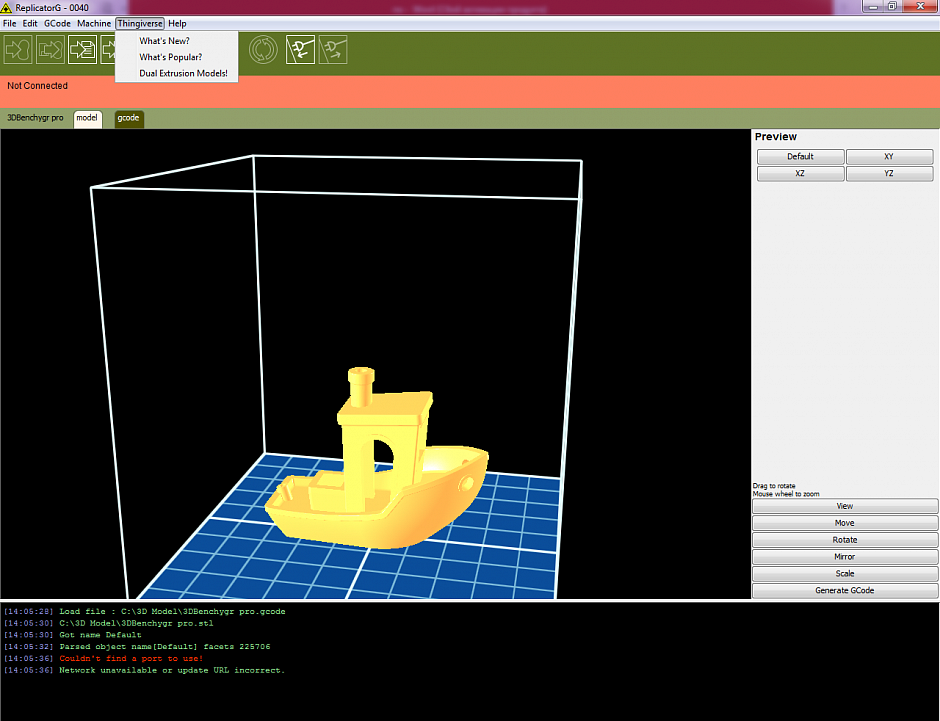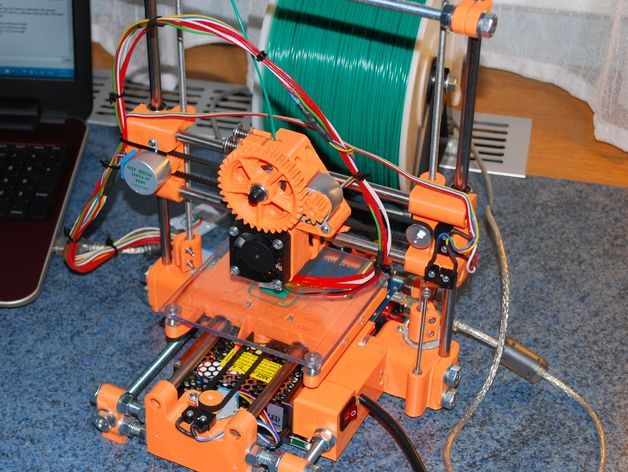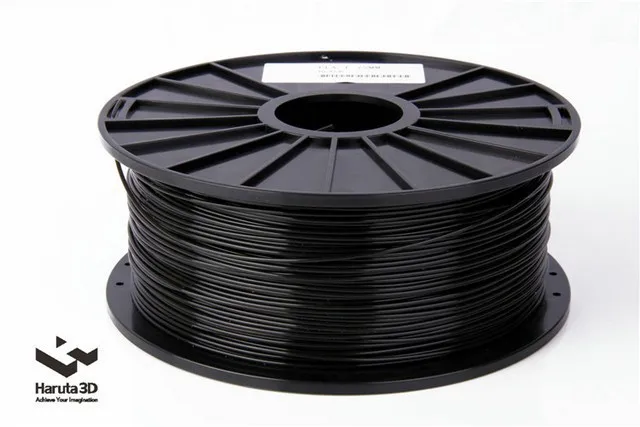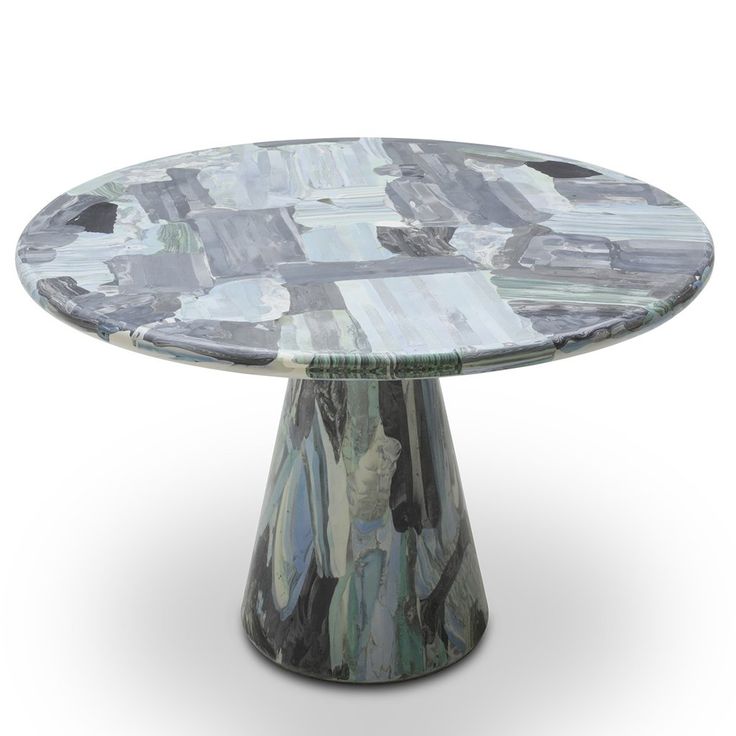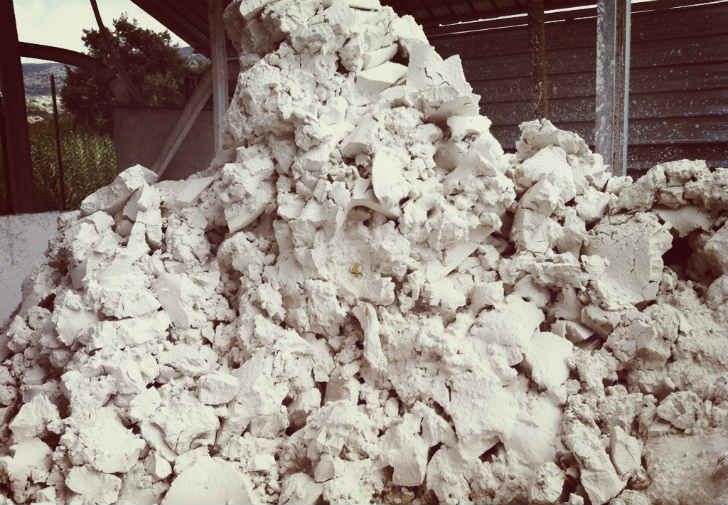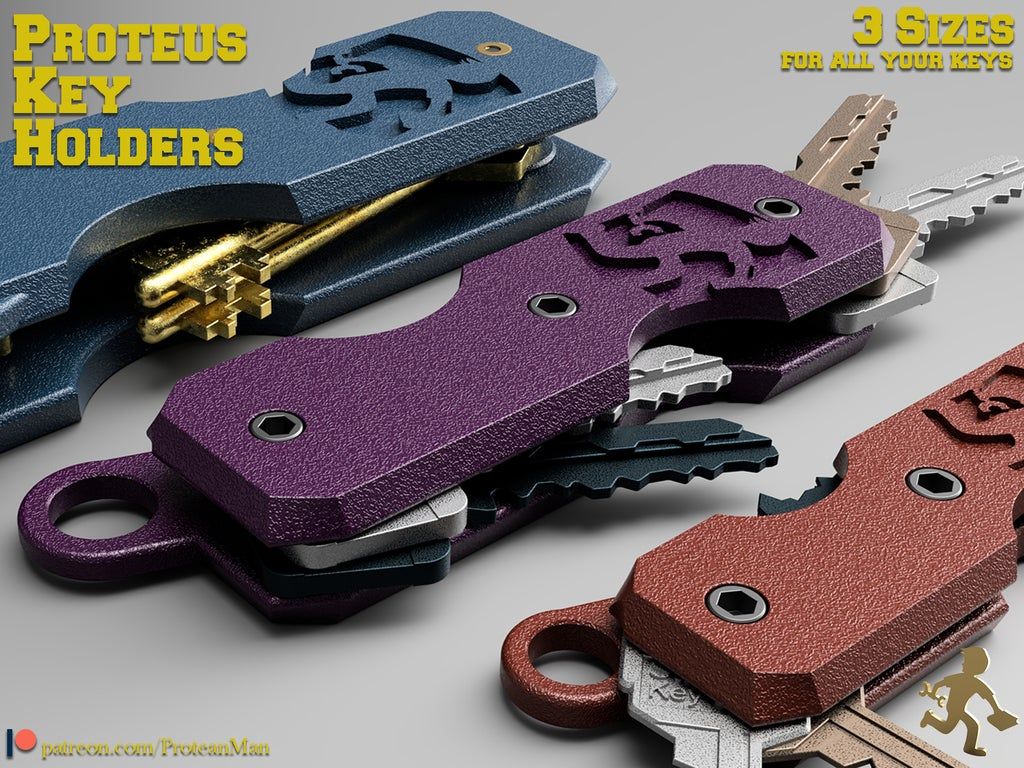Human solutions 3d body scanner
| BODY SCANNING IS A NEW TECHNOLOGY that is helping to shift the focus of apparel production from large quantities of cookie-cutter clothes to one-of-a-kind articles with individualized sizing and design features. A suite of technological advances, including body scanning, has given rise to an emergent strategy of "mass customization" -- bringing consumers into the design and production stages, resulting in well-fitting, made-to-measure or customized garments at competitive prices and turnaround times. Body scanners will play a critical role in mass customization because they enable retailers to rapidly collect three-dimensional (3D) data for each consumer. Computer software can then analyze the high-resolution images of the body to extract precise, standardized tailoring measurements. In conjunction with advanced design and production processes, body scanners will thus allow consumers to benefit from a modern form of custom tailoring and automated size selection. Traditional mass-produced clothing will also be improved as a result of body scan technology. Industry and academic researchers are using large amounts of anthropometric (body measurement) data captured by body scanners to adjust the sizing systems of ready-to-wear clothing lines so that everyone in the target population is better fitted. Another application of body scanning, currently under development, allows consumers to "try on" garments in a virtual environment. An individual's scan is visualized on a computer while clothing of various sizes is superimposed (in 3D) on a rotatable image. The computer application highlights areas of good and bad fit, helping the user to select the most appropriate product. The Scanner at Cornell University Cornell professor Susan Ashdown (see Contributors) is at the leading edge of apparel research using a 3D body scanner. Our original Human Solutions scanner was purchased in 2000 thanks to the generous donation of alumna Rebecca Quinn Morgan. Students in a variety of classes have been scanned and have learned about scanner applications experientially. One class that studies human anthropometry used it as a tool for comparing sizes and shapes of a student population. A design class used it in combination with computer-assisted patternmaking equipment to develop made-to-measure jackets. A class studying the mass customization business strategy analyzed likely commercial applications for body scan data in the apparel industry. At this early stage of development, topics for research include the evaluation of the scanner itself, its data output, and its potential applications. Of the variety of scanners available for purchase, a VITUS/smart 3D Body Scanner by Human Solutions was originally selected for the research program at Cornell University because its size, technical operation, and data-generating system were most compatible with our primary research functions. The Human Solutions scanner uses eight cameras and four eye-safe lasers to capture about 300,000 data points for each scan. The scanning process takes only 12 seconds. The resolution of the final scan is 1 mm increments horizontally and 2 mm increments vertically. The camera views overlap generously, providing a good scan image. The [TC]2 scanner is similar in resolution and duration of the scanning process, but uses white light. The scan booth is a light-tight box, and the scan data is cleaned, merged and patched automatically. Beyond the Apparel Industry There are applications for body scan data outside the apparel industry. The airline, automobile, and tractor industries have used scan data to develop seats that are optimized for the highest number of body types. Begin by viewing some visualizations of body scan data... |
3D Body Scanning Technologies
Next event: 3DBODY.TECH 2023, Lugano, Switzerland, 17-18 Oct. 2023
The technical exhibition takes place in parallel to the conference and is accessible to attendees and participants of the conference.
Manufacturers, developers and institutions demonstrate live 3D body scanning systems, software solutions and applications. The visitors of the exhibition have the possibility to test live the systems and to meet and discuss directly with the exhibitors.
Exhibitors
The following companies and organizations are participanting at the technical exhibition of the conference.
| www.sizestream.com | www.shapeanalysis.com | |
| Size Stream (USA) is focused on 3D color body scanning, 4D scanning and all related applications requiring high performance, high automation and cost effective solutions. Size Stream products are widely used for research, size prediction and custom fit specification of clothing, body measurement for health and fitness applications and color 3D printing applications. | Shape Analysis (UK) is the European distributor for Size Stream and Space Vision scanners and the worldwide exclusive distributors for CAESAR survey data. Shape Analysis has extensive experience in the development and use of 3D capture systems. Shape Analysis will be at the booth of Size Stream. | |
| www.  sigvaris.com sigvaris.com | www.space-vision.jp | |
| SIGVARIS (Switzerland) focuses on the development, production and distribution of medical compression garments, including hosiery and socks. At the exhibition of the conference, the new 3D scanning solution of SIGVARIS will be demonstrated at the booth of Size Stream. | SpaceVision (Japan) is a leading manufacturer of innovative 3D imaging solutions used in various application fields. At the exhibition of the conference, SpaceVision will demonstrate world's smallest, lightest and fastest 3D body scanner. | |
| www.vitronic.com | www.human-solutions.com | |
VITRONIC (Germany), a world leading organization in the field of machine vision, is developer and manufacturer of body scanning systems employed by Human Solutions.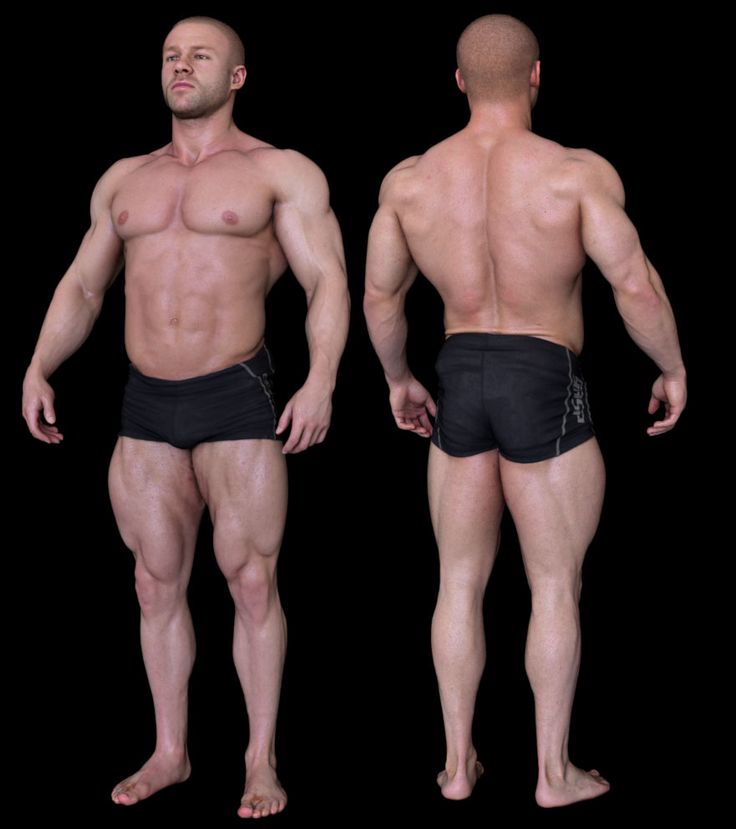 At the exhibition, VITRONIC will demonstrate its 3D full body scanner VITUS. At the exhibition, VITRONIC will demonstrate its 3D full body scanner VITUS. | Human Solutions (Germany) is a world market leader for body scanning and ergonomics simulation. Systems from Human Solutions are used by more than 300 companies worldwide. Human Solutions will jointly participate at the exhibition with VITRONIC. | |
| www.lectra.com | www.styku.com | |
| Lectra (France) is the world leader in integrated technology solutions (software, CAD/CAM hardware, services) for industries using textiles to manufacture their products. Lectra will demonstrate apparel pattern-making and grading software solutions with fully-integrated 3D virtual prototyping technology. | Styku (USA) is a leader in affordable, portable, and precise body scanning technology.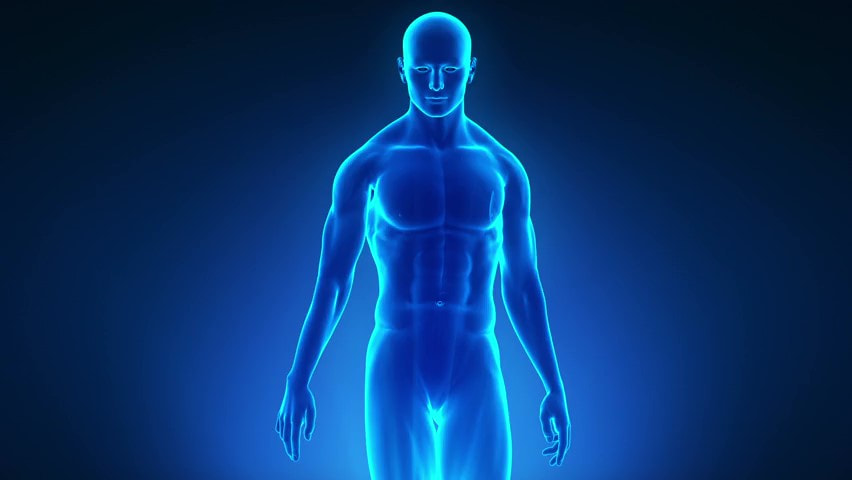 By partnering with Microsoft, Primesense (now Apple) and Google, Styku continues to leverage the latest in 3D depth cameras for clothing, fitness, health, 3D printing and many more applications. By partnering with Microsoft, Primesense (now Apple) and Google, Styku continues to leverage the latest in 3D depth cameras for clothing, fitness, health, 3D printing and many more applications. | |
| www.3dmd.com | www.techmed3d.com | |
| 3dMD (USA) is the world leader in 3D body scanning for medical applications, with well more than 1,400 3D cameras worldwide. The ultra-fast high-precision 3D surface imaging devices and the application software will be demonstrated at the exhibition. | TechMed 3D (Canada) is specialized in body measurement technologies and digital imaging solutions adapted to the orthotics, prosthetics and custom equipment market. 3D surface imaging devices and application software will be demonstrated at the exhibition. | |
| www. 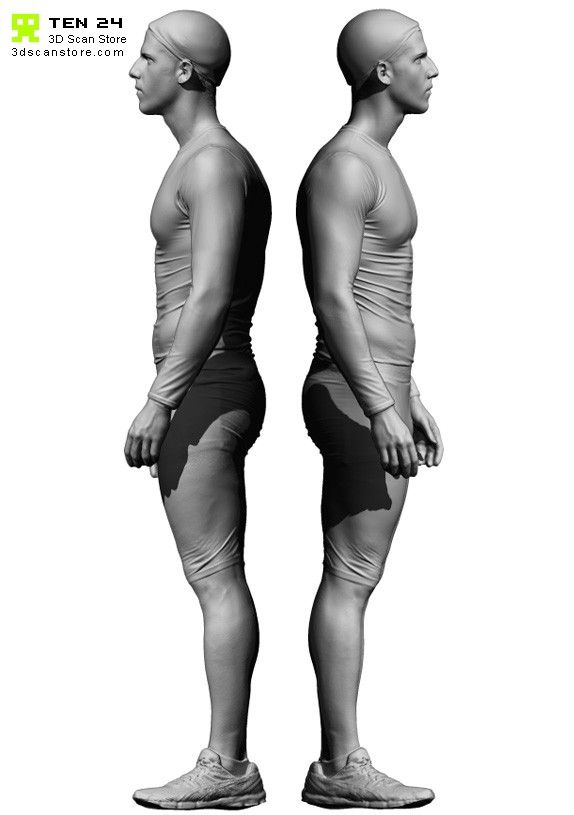 aicon3d.com/breuckmann-scanner aicon3d.com/breuckmann-scanner | www.4ddynamics.com | |
| Breuckmann (Germany) 3D digitization and measuring systems operate on the basis of a patented miniaturized projection technique. Using this contact-free optical scanning technology, even very complex surface structures are captured at a high-level of speed and accuracy. | 4DDynamics (Belgium), a technology leader in high-end 3D acquisition algorithms and biometric technologies, is also developer of 3D face and body scanning devices based on this technology. 4DDynamics's body scanning solutions will be demonstrated at the conference exhibition. | |
| www.fuel-3d.com | www.atele3d.ru | |
Fuel 3D Technologies (USA/UK) is developer of the affordable handheld 3D scanner Fuel3D that delivers high resolution shape and color capture for a range of 3D modeling applications, such as 3D wound measurement, 3D printing, 3D art, animation and game development. | Atelier3D (Russia) provides services on 3D scanning, 3D modeling and 3D printing. Atelier3D is also specialized in the production of exact copies of real persons as small sculptures. Atelier3D will present its services at the exhibition. |
Sponsors
The following companies and organizations are sponsoring the conference.
| www.hometrica.ch | www.symcad.com | |
| Hometrica Consulting - Dr. Nicola D'Apuzzo (Switzerland) is organizing the series of 3DBST conferences and exhibitions. Hometrica Consulting is a leading international consulting firm in the sectors of 3D human body scanning technologies. | TELMAT Industrie SA (France) is a world leader in 3D body scanning and automated body measurement.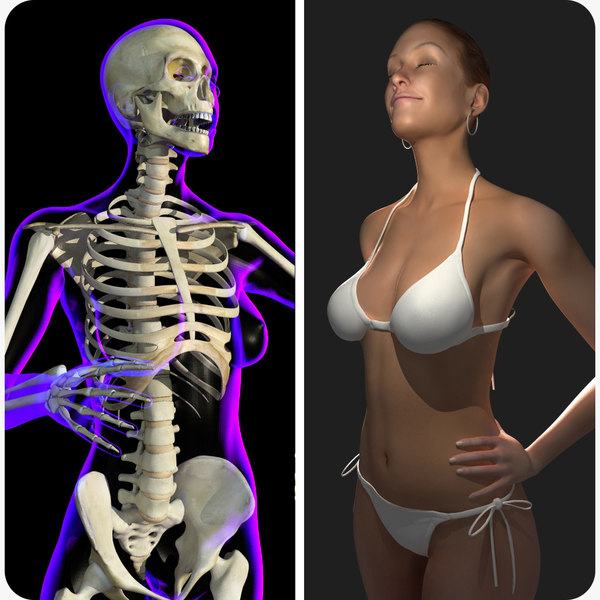 The high-speed 3D digitization process SYMCAD has enabled to scan and measure more than 800'000 individuals nowadays. The high-speed 3D digitization process SYMCAD has enabled to scan and measure more than 800'000 individuals nowadays. | |
| 3d-a-porter.com | www.bodi.me | |
| 3D-A-PORTER (UK) brings fashion brands and manufacturers the strategic 3D solutions they need to stay at the forefront of the Fashion Revolution: from 3D body scanners, through 3D garments, to 3D virtual try-on. | Bodi.Me (UK) allows fashion shoppers to find their right size. Bodi.Me matches the body with clothing measurements and tells which size to buy. Body measurements are taken manually, by using a webcam or by booking a 3D body scanning slot. | |
| | ||
The Finance and Economics Department of Canton Ticino is supporting the conference.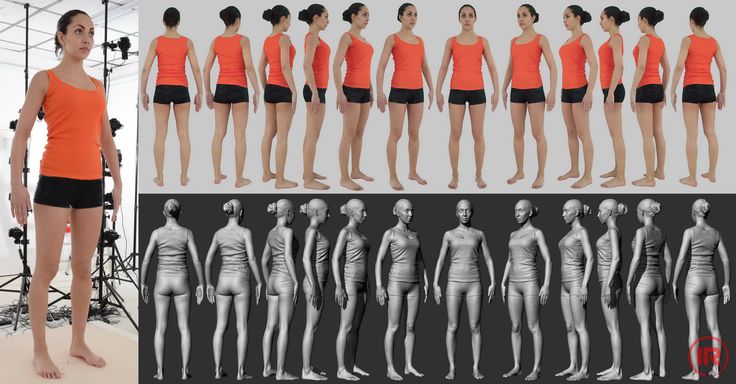 Representatives of the economic promotion office will be present at the conference to illustrate the opportunities offered by the region for new business initiatives. Representatives of the economic promotion office will be present at the conference to illustrate the opportunities offered by the region for new business initiatives. | ||
Information for exhibitors and sponsors
The conference with its parallel exhibition is the world leading technical platform dedicated to the specific fields of 3D human body scanning technologies, 3D human body measurement methods and applications. Private companies, research/educational institutions or individuals are welcomed to participate at the technical exhibition or to become sponsors of the conference.
Four good reasons to join the exhibition or to become sponsor:
Raise awareness of your products and services through direct access to professionals active in the specific sector of 3D body scanning.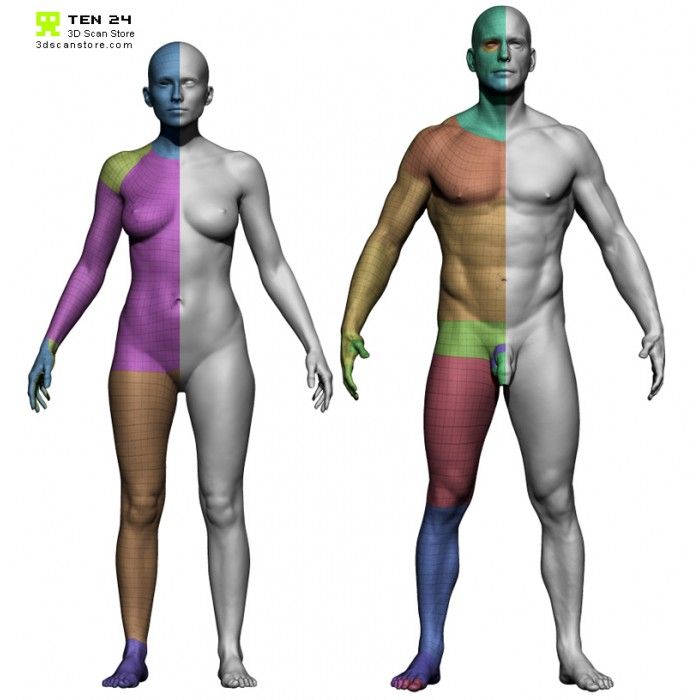
Create and enhance successful business opportunities by meeting colleagues, users, developers, researchers, experts, industry players and decision makers from around the world.
Get updated with the latest research and industry developments in the sector in order to adapt your marketing strategies.
Ensure the presence of your company at an international event with a significant annual contribution to the enhanced growth of this sector.
Levels and benefits for sponsors/exhibitors
Three different packages are available for sponsors and/or exhibitors: GOLD, SILVER, BRONZE.
The three levels and benefits are described in the following document: 3dbst2014_exsp.pdf.
For registering as exhibitor and/or sponsor at the conference please download the sponsor/exhibitor registration form: 3dbody2014_exsp_form.doc.
Please send the filled form by e-mail to the conference office: [email protected].
You will then receive an invoice with details for the payment of the total fees.
Additional documentation:
Call for sponsors and exhibitors: call (PDF, 1.7MB).
Second call and announcement: 2ndcall.pdf (PDF, 1.5MB).
Profile of the conference and exhibition: profile (PDF, 1.0MB).
For details and further inquiries, please contact the conference office.
5th International Conference and Exhibition on 3D BODY SCANNING TECHNOLOGIES, Lugano, Switzerland, 21-22 October 2014
how to quickly create prostheses and other unique products
Reverse engineering
Implementation stories
Medicine
Author: Aleksey Chekhovich
Author: Aleksey Chekhovich
Video: Real-time 3D Face Scan | Order a free test scan | 3D scanner helps victims | 3D scanning of the human body in great detail
Creating prostheses using 3D technologies: the era of new possibilities
As technology improves and becomes more accessible, there are new opportunities to solve the most complex medical problems.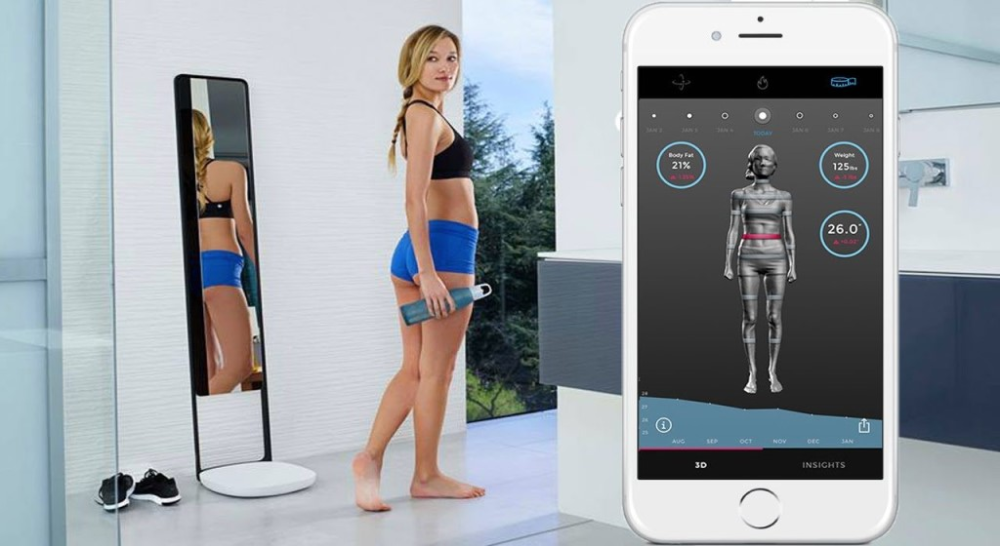 A team of researchers from the company Chabloz Orthopedie (France) managed to create a unique and truly revolutionary prosthesis.
A team of researchers from the company Chabloz Orthopedie (France) managed to create a unique and truly revolutionary prosthesis.
Chabloz Orthopédie worked with Denis Gauthier, who had his forearm amputated. First, the experts performed a 3D scan of the patient's healthy arm using a peel 3d scanner to obtain its mirror image. This was done so that the designed product ideally repeated the proportions of a healthy limb. The rest of the amputated arm was also scanned to achieve a comfortable and ergonomic fit for the prosthesis. nine0003
Denis Gaultier with finished prosthesis
The team then proceeded to design a CAD model and develop a myoelectric prosthesis. Batteries, sensor cables and an artificial hand were integrated with the fabricated forearm. The prosthesis itself was designed in CAD and printed on a 3D printer. HP Jet Fusion technology was used to print various components of the forearm. After manufacturing, all parts were finished and painted.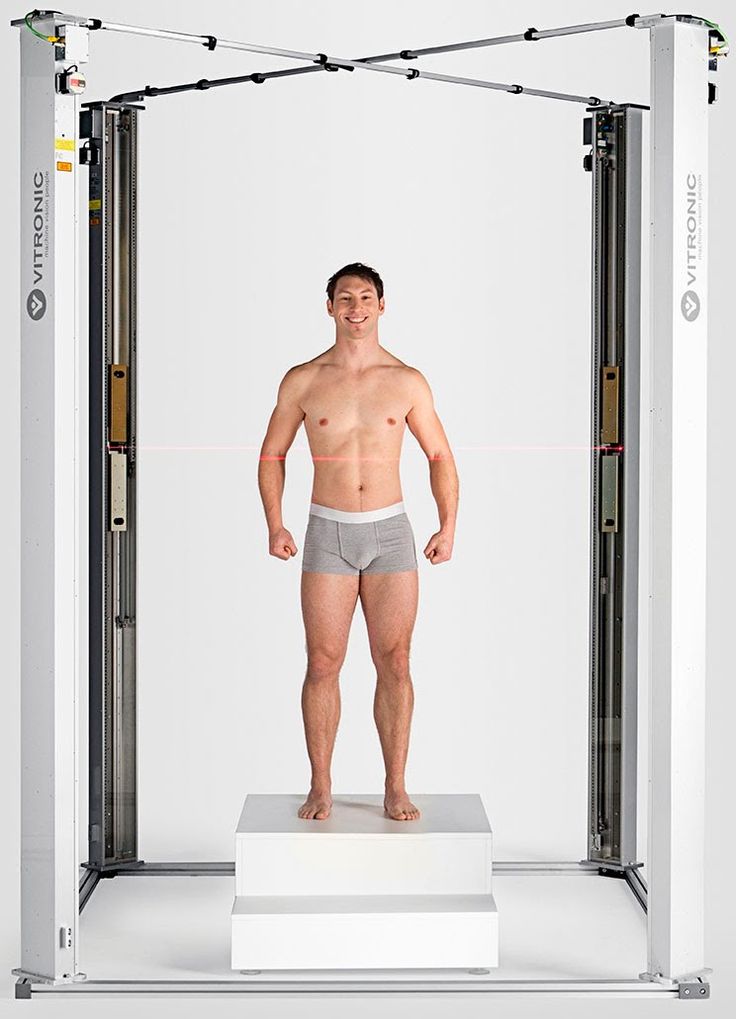 nine0003
nine0003
The use of 3D scanning and 3D printing guarantees not only the correct fit of the fixture, but also gives complete freedom of movement. A new approach to prosthesis design allows professionals to develop solutions that are lightweight and highly customizable. Did you know that 3D printed parts are 20% lighter than their carbon or fiberglass counterparts? Such products also have the necessary rigidity, hardness and durability. nine0003
Later, this innovative prosthesis was combined with the BeBionic hand, one of the most advanced bionic limbs, and a state-of-the-art myoelectric forearm and hand was custom-made. Gauthier's case is a great example of the innovative use of 3D measurement and 3D printing technologies.
The video shows the complete process of digitizing the face and ears using the Creaform Go!SCAN 20 portable 3D scanner (its analogue in white peel 2 is now being produced).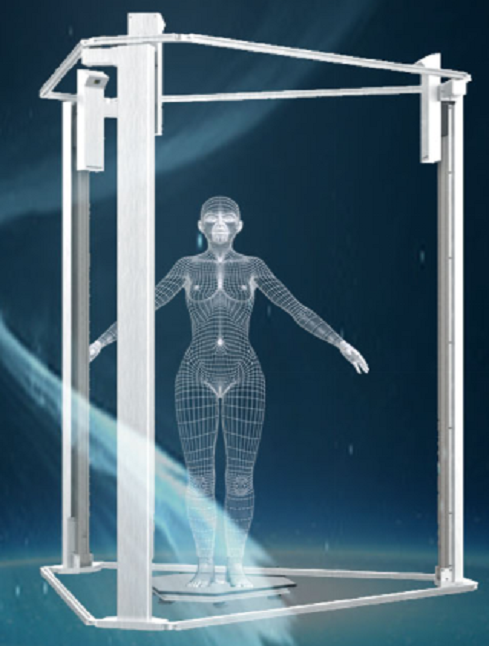 This solution provides a detailed digital model for use in areas such as plastic and reconstructive surgery, in particular, facial prosthetics. nine0003
This solution provides a detailed digital model for use in areas such as plastic and reconstructive surgery, in particular, facial prosthetics. nine0003
Order a 3D test scan for free!
3D scanner helps victims
Unfortunately, tragedies inevitably occur around the world, and those affected need help. But, fortunately, there are organizations such as Médecins Sans Frontières (Doctors Without Borders) that do their best to provide them with the necessary treatment and care. Since 2016, the organization has been working tirelessly to solve the problem of providing prostheses to those in need around the world. The goal is to help amputees regain independence. The solutions that are used in this case are 3D technologies. nine0003
Upon completion of the medical examination of the patient, doctors determine his needs and expectations. Using the peel 3d scanner, with minimal discomfort for the victim, a high-precision digital model of the injured limb is created.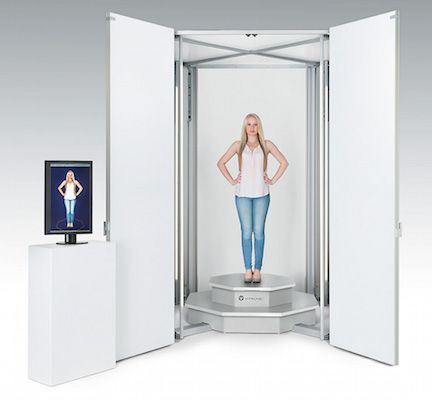 Compared to traditional impression making, 3D scanning is significantly faster and does not require contact. The result of the 3D scan is then transferred to the virtual sleeve and prosthesis design software. The developed component is made on a 3D printer and installed on the patient's limb. If necessary, during the installation process, the prosthesis and sleeve are finalized. After three months of use, the patient is invited to evaluate the comfort of the prosthesis. nine0003
Compared to traditional impression making, 3D scanning is significantly faster and does not require contact. The result of the 3D scan is then transferred to the virtual sleeve and prosthesis design software. The developed component is made on a 3D printer and installed on the patient's limb. If necessary, during the installation process, the prosthesis and sleeve are finalized. After three months of use, the patient is invited to evaluate the comfort of the prosthesis. nine0003
MSF has also developed a similar procedure to create compression masks for burn patients. Here, the use of non-contact technology also provides significant advantages over traditional plaster bandages, not only making the procedure less painful for the patient, but also speeding it up, allowing for a much larger number of people in needy countries to be treated.
Physiotherapist Pierre Moreau scans a patient with head burns. Then, based on the scan, a transparent pressure therapy mask is created / Photo: Elisa Oddone, Al Jazeera nine0003
Pierre Moreau, a physiotherapist from Médecins Sans Frontières, says: “The purpose of the 3D project is to help patients in need of special rehabilitation care. We launched this project in Amman in 2017, where we started providing upper limb amputees with 3D printed prostheses. But simply printing a prosthesis is not enough - we try to understand the needs of the victims, find individual solutions and keep them in their new position for as long as possible. We are assisted by an interdisciplinary team of rehabilitation workers and engineers. Then our specialists helped more than 30 patients in Jordan. nine0003
We launched this project in Amman in 2017, where we started providing upper limb amputees with 3D printed prostheses. But simply printing a prosthesis is not enough - we try to understand the needs of the victims, find individual solutions and keep them in their new position for as long as possible. We are assisted by an interdisciplinary team of rehabilitation workers and engineers. Then our specialists helped more than 30 patients in Jordan. nine0003
In 2018, we began to use the technology in another direction - for patients with burns, especially on the face and neck. Skin complications are a very serious problem for burn victims. Hypertrophic scars may form, and pressotherapy is needed. This requires transparent masks, but they are quite difficult to produce on site. Therefore, we started to explore 3D scanning, 3D printing and computer modeling in an attempt to help our team in the production of these devices for patients who so desperately need them. Now we provide more than 50 transparent facial orthoses. nine0003
nine0003
When I think about this project, I always remember one story that demonstrates its development. In 2017 in Jordan, we had a small patient with burns and an amputation - she had no arm, and the condition of her remaining part was too complex to develop a prosthesis. Then we couldn't help her. But she came back the following year and we were finally able to make a prosthesis for her. For the first time, she was able to use her hand. This is one of our best memories of the project and a measure of its success.” nine0003
3D scanning of the human body in great detail
There are already more than 7.5 billion people on Earth, and although some are very similar to each other, there are no completely identical people. With such a variety of faces, it is not at all surprising that in the process of evolution the human brain became masterfully recognizing the smallest details that help to distinguish them. To get as close as possible to the original, the 3D scan of the statue must be extremely accurate and have a high geometric resolution.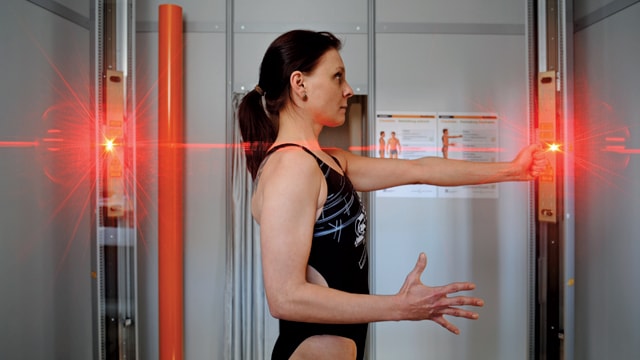 nine0003
nine0003
3D copies: 2013 Kinect scan (left figure) and peel 3d (right figure)
To improve the quality of scanning, the Canadian company USIMM has begun using peel 3d. The company specializes in the machining of non-metallic materials and is constantly involved in artistic projects. The main goal was to show the evolution of CNC machining by comparing the results of a 3D version of one employee made a few years ago with current results. nine0003
According to USIMM's Leia Lepage, scanning a living person is not an easy task: “Scanners are usually quite sensitive to the smallest movements, even if it's just breathing. Scanning a person is very difficult.” In order to accomplish such an extraordinary task, the USIMM team needed a 3D scanner that was immune to certain movements - but at the same time had high resolution and accuracy. Peel 3d possesses such qualities: a resolution of up to 0.5 mm and a volumetric accuracy of 0.5 mm/m. nine0003
The team scanned the same employee in the same pose as they did a few years ago. The resulting 3D scan data was sent to a five-axis CNC machine, and then a full-size replica of a person was created from polystyrene. The results were incredible.
The resulting 3D scan data was sent to a five-axis CNC machine, and then a full-size replica of a person was created from polystyrene. The results were incredible.
The scan results obtained earlier by the Skanect device did not stand next to the peel 3d results. “The difference between the past and current results of the project is enormous,” commented Lea Lepage. The new copy turned out to be much more realistic and more accurately conveyed the original. nine0003
Materials provided by Creaform. Screensaver photo © Elisa Oddone, Al Jazeera
Article published on 12/08/2020, updated on 03/03/2022
3D scanning of a person with a budget scanner Peel 3D
Powerful tool for high-quality digitization of the human body
Order a test scan
- Branches
- Scanning step by step nine0075 Examples of 3D Models
- Hardware and software
- Where to buy?
3D human scan with peel 3D scanner
- Fast and accurate acquisition of individual body images in color, taking into account all the features of the figure and clothing texture
- Efficiently create 3D models of a full-length human or a separate body part for implants in medicine, fashion design, entertainment, fashion, and 3D printing of souvenirs and advertising layouts
- Refinement of the 3D model in the embedded software, easy removal / addition of individual elements for further printing of the object
If you need to perform a human scan, you can order it from our specialists.![]()
Applications
Medicine
- creation of individual prostheses, orthoses, surgical templates, implants
- visualization and modeling of the result of transplantation, prosthetics and plastic surgery
Souvenirs
- making figurines of real people for 3D printing
- manufacture of personalized accessories and jewelery
- digitization of mini-copies of real objects, sculptures, busts
Entertainment, fashion nine0003
- creation of digital models of real people for computer games and other programs
- 3D clothing modeling, sizing improvement
- using 3D models for trying on clothes on websites
Project examples
Scanning the human body
Human body (whole) nine0003
Man in winter clothes
Saint Alphonse Liguori
More cases in different industries
Test the scanner for free and see how it performs for your needs Test scan
Recommendations for scanning the human body
Do you want to test the 3D scanner? nine0003
Order a scan in our office or make an appointment
for an online demo.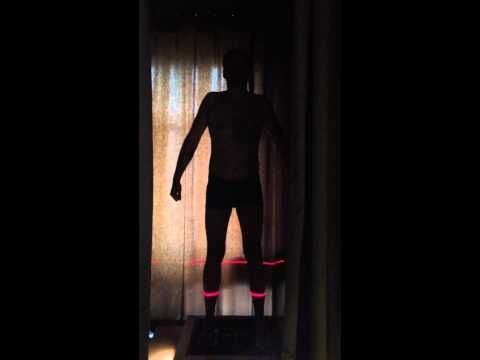
3D Human Scanning Solutions
3D scanner peel 3d Scanning a person is fast, easy and safe!
The compact peel 2, peel 2 CAD, Go!SCAN 20 scanners are professional solutions for digitizing objects up to 3 m with an accuracy of 0.1 mm and the ability to capture texture and color. nine0003
Go to catalog
Software Unleash your creativity with this powerful 3D modeling software!
The peel 3d software product allows you to solve all the main tasks when processing scanned data.
Go to catalog
Why is it profitable to order
solutions from iQB Technologies
Exclusive distributor of peel 3d in Russia nine0003
Professional
3D scanners at the price of budget analogs
Free test
3D scan of your part
Demo hall in Moscow: more than 10 scanners and 3D printers
Services for the implementation, maintenance and repair of 3D equipment
Training in the use of 3D scanners in prof. activities
activities
3D scanning services based on our own fleet of equipment
About
Rules for 3D human scanning
For the greatest similarity of the resulting 3D copy with the original object and the successful implementation of the process of digitizing a human figure, several important rules must be observed.
By adhering to these recommendations, you can always achieve the highest quality and realistic results. Order a peel 3d scanner from iQB Technologies and you will be able to make a high-precision 3D model of yourself or any other person, and then print it using 3D printing. nine0003
All scanner models are in stock in our warehouse.
- Scan each body part once, especially when scanning a human face. If you scan the face several times in a row, the program will recreate the model as something in between all the received 3D scans.
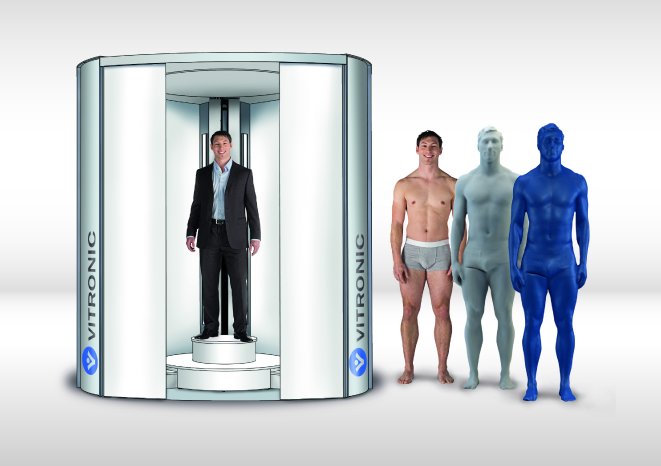 As a result, you will get an option that is completely different from the original face of the person being scanned.
As a result, you will get an option that is completely different from the original face of the person being scanned. - In the process of work, the person being scanned must absolutely not move - otherwise any movement, whether it be tilting, turning the head or stepping from foot to foot, can lead to image deformation. It is advisable to freeze in one position for a while and remain motionless until the very end of the procedure. nine0076
- If you want to create a figurine using 3D scanning, then you do not need to use additional light. To get a high-quality 3D figurine, LED flashes are enough.
- When using a turntable, its speed must be made as slow as possible. Thus, a 3D scan of a person will be much more accurate, and difficult places such as palms or ears will be much easier to scan. nine0097
-
Optical:
Optical 3D scanning technology uses a lamp flash designed to take measurements with the highest accuracy.
 Projection distortions of the object are recorded by the scanner's video cameras, thereby allowing to determine the shape and dimensions of the scanned object, and then transferred to a specialized PC program for further processing. nine0003
Projection distortions of the object are recorded by the scanner's video cameras, thereby allowing to determine the shape and dimensions of the scanned object, and then transferred to a specialized PC program for further processing. nine0003 Optical 3D scanners are fast, allowing you to scan people even in motion and in full growth.
Scanning a person with a 3D scanner using this technology takes from two minutes when using a special cell and up to 20 minutes when using a handheld scanner.
nine0002 Most optical handheld devices are capable of color scanning and texture reproduction of the original model and various details, including jewelry and clothing. -
Laser:
Traditional laser scanners, as a rule, are developed for the tasks of metrological measurements, and therefore require special reflective marks to be fixed on or near the object, the position of which is read by the device for precise positioning.
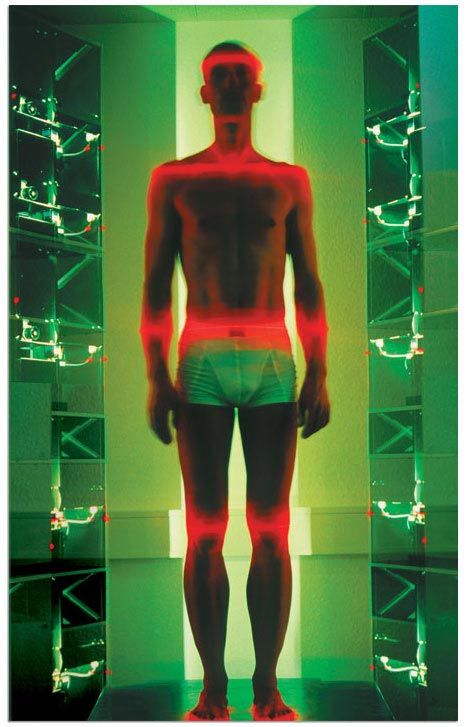
Learn more
The process of scanning a person with a 3D scanner
If you need to scan a person, you can order a scan of any part of the body from us at a bargain price.
The process of 3D scanning and modeling in software generally takes from 10 minutes to several hours.
The obtained data of 3D scanning of the human body is processed in specialized software: errors are corrected, problem areas are eliminated. The finished 3D model with an accurate texture and a clear rendering of the smallest details, if necessary, is sent for 3D printing. At the same time, a high-precision copy of a person can be obtained on a 3D printer, which in the future can become a memorable gift or souvenir. It is possible to scan with the transfer of the color of the object. nine0003
Also, the finished model can be used to create individual products that are ideally suited to the human figure.
It should be mentioned that 3D human scanning is completely safe, painless and does not harm the human body.
Scanner options
3D scanners for scanning a person are divided into:


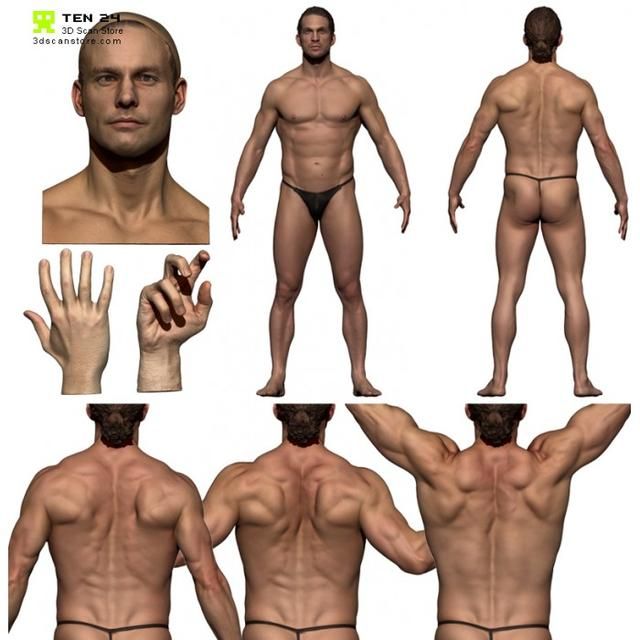 Since then, we have upgraded the Human Solutions scanner and purchased a [TC]2 scanner. These scanners have generated numerous educational and research projects.
Since then, we have upgraded the Human Solutions scanner and purchased a [TC]2 scanner. These scanners have generated numerous educational and research projects.  Subsequently, we traded in this scanner for a new Human Solutions VITUS XXL scanner with a larger scan volume. We also purchased a [TC]2 NX12 portable scanner in order to conduct 3D scan research off campus.
Subsequently, we traded in this scanner for a new Human Solutions VITUS XXL scanner with a larger scan volume. We also purchased a [TC]2 NX12 portable scanner in order to conduct 3D scan research off campus. 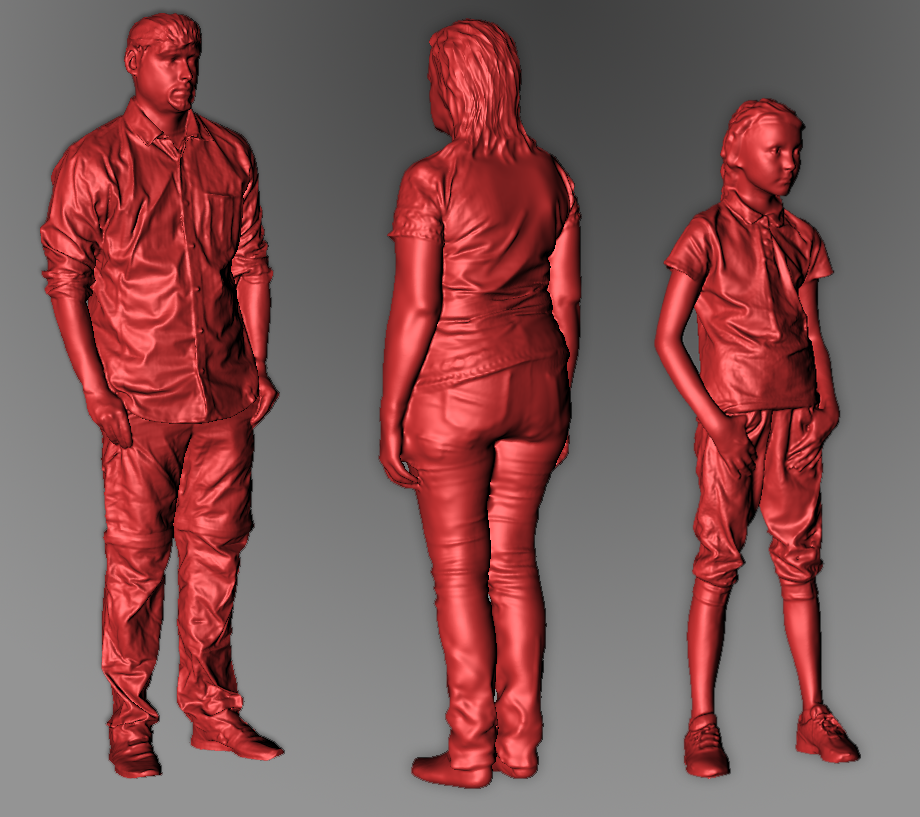 The entertainment industry has used scans to develop animations, most recently of sports stars for video games. Health clubs have applied body scan technology to evaluate the effects of workout programs using "before" and "after" comparisons. The use of body scanners is in its infancy. Many future applications are yet to be discovered.
The entertainment industry has used scans to develop animations, most recently of sports stars for video games. Health clubs have applied body scan technology to evaluate the effects of workout programs using "before" and "after" comparisons. The use of body scanners is in its infancy. Many future applications are yet to be discovered. 
